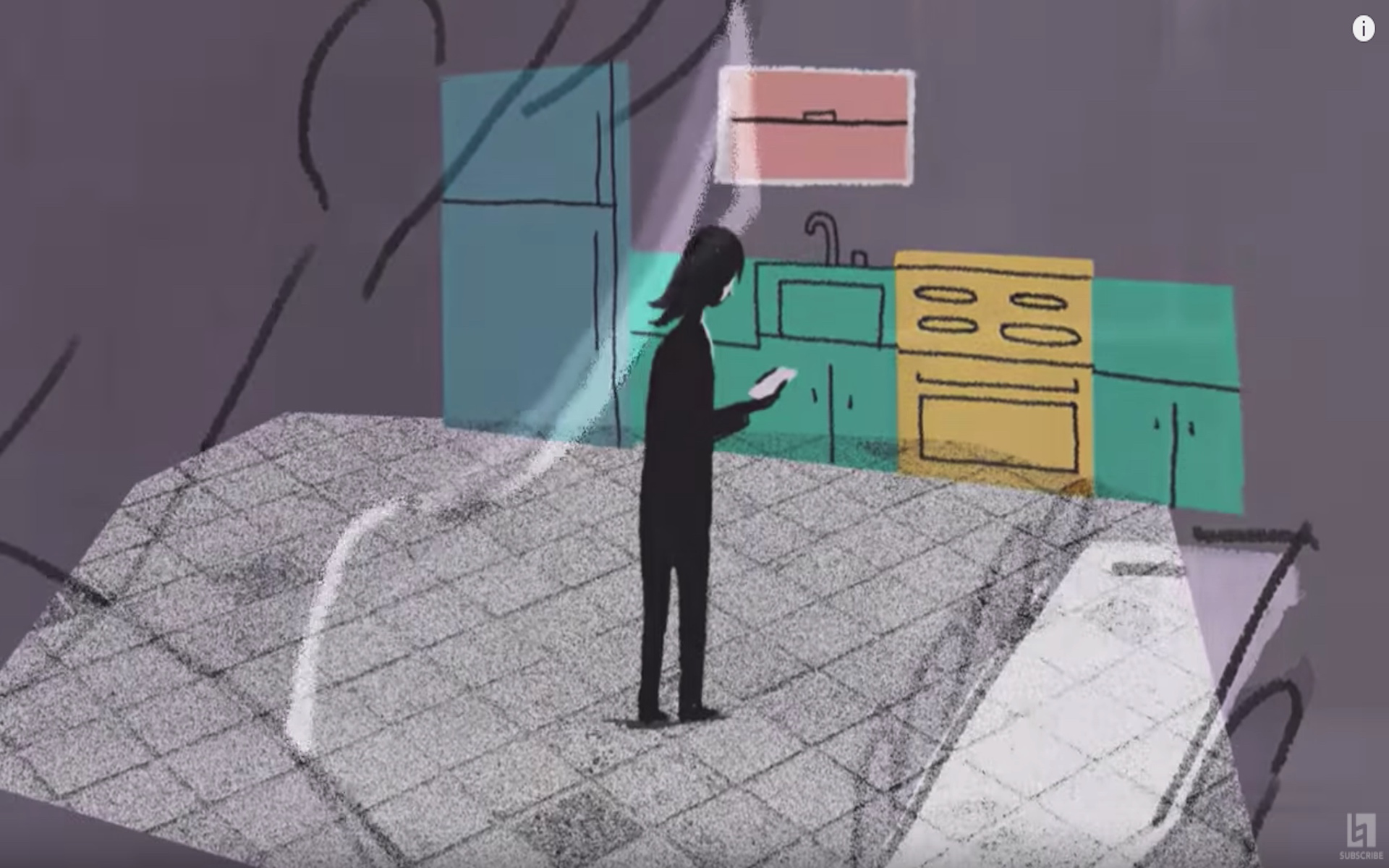As a songwriter, you engage more with your listener if you employ the practice of “show, don’t tell” with your lyrics. In this series of video tutorials, multiplatinum songwriter and Berklee Online course author Andrea Stolpe teaches you how to write a song using imagery.
Imagery and Small Moments
In the first video, she encourages you to think of your song as a conversation with a good friend. When you open up to that friend, you likely start by summarizing what’s going on. And then you quickly delve into greater detail with colorful anecdotes. Learn how to tailor your lyrics after this type of conversation by starting on the surface, and then digging down to show what you’ve discovered. Focusing on imagery will make your lyrics stronger and paint a more vivid image for your listeners.
Verse and Chorus Lyrics
Think of the verse of your song as a small moment, and the chorus as the big message. In the next video, Andrea shows how you can use imagery in your verses in a way that will amplify the message of the chorus. In the verse you’re trying to answer questions that you’ll answer in the chorus. Verses use “showing” language, and the chorus summarizes the main message with “telling” language.
Generate Imagery Using Your Senses
Focusing on your senses can help you understand how to incorporate more imagery in the lyrics of your songs. Andrea discusses how practicing sensory writing every day for five to 10 minutes leads to self-discovery and keeps writer’s block at bay. Focus on your senses as you write your lyrics—taste, touch, sight, sound, smell—then try to incorporate movement and awareness. She also discusses simple exercises like attaching a time to a location, and how that can serve as a jumping-off point to conjure up more vivid imagery for your songs.
Weight and Pace
As you learn how to write a song, you need to consider whether the action in your lyric will take place in a single moment or if it will play out in a string of moments over a longer span of time. In the next video, Andrea shows how each choice can work to your advantage as a songwriter. When you write with sensory language, you can dig into a specific situation. If the amount of time you’re writing about is short, it gives you the chance to explore in more detail.
If you’re writing lyrics about a string of moments, you will be able to show a bigger picture than what you could otherwise. Andrea explains how to choose which mode will work best for your song.
Melody and Verse
Next, Andrea explains that the way you write a melodic structure will inform the way you write your lyrics. Detailing the most natural rhyme schemes for four-line verses and six-line verses, she breaks down how you’ll want to break up your ideas and where you’ll want to make sure to use imagery in your lyrics.
Toggling
It’s important to write lyrics that “show, don’t tell,” but that doesn’t mean you have to steer clear of all “telling” language. Andrea shows how to toggle between the “showing” and “telling” language of the verse lyrics in your song and offers suggestions about how to line it up with your rhyme scheme.
Write Through a Lens
You want to write lyrics that convey what you’re feeling, but you may feel like every line you write already has a home in somebody else’s song. In this next video, Andrea shares a tip for writing about your emotions without feeling like you’re recycling worn out clichés. She encourages you to think about an object that makes you feel a certain emotion and do some sensory writing. Then plug in some of the more colorful words from the sensory writing exercise into your lyrics. They’ll immediately “show” more than “tell.”
Second Verse Tips
You have the first verse and chorus of your song down, so well that it almost feels complete, but you know it’s not without a second verse. Andrea shows you how to elevate the idea that you started with in the first verse and chorus in the second verse.
The second verse is where you describe your concept in more detail and further prove why the message is true. The most important suggestion for your second verse: make sure you use imagery in your first two lines. Give your second verse weight, and use “showing” language to keep it grounded.
Polishing Techniques
You feel pretty good about the song you’ve just written, but you know it could be a little better. In this next video, Andrea demonstrates five techniques that will help you polish your songs. She encourages you to read out your lyrics and say them as if you were speaking, try writing the lyrics as complete sentences, and to make sure you’re using words in your lyrics that feel natural to you. She also advises you to try changing the tense of the song and try changing your point of view. Experiment with changing “I” to “you,” “him,” or “her.” These are polishing tools that will help keep the listener in the moment instead of outside the song.
9 Songwriting Tips
If you would like to view all of Andrea’s tips about how to write a song in one place, then you can watch them all here in this final video.
TAKE A SONGWRITING COURSE WITH ANDREA STOLPE












